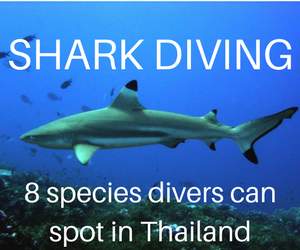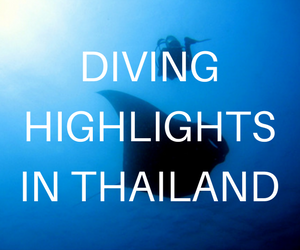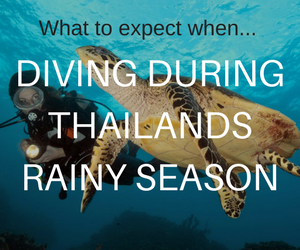In the north west of Phuket you can find Mai Khao beach, the longest beach in Phuket with seventeen kilometres of undeveloped beach front. Adjacent to the Sirinath Marine National Park, Mai Khao is a protected sea turtle nesting area. On this beach leatherback turtles can be regularly found as they go there to lay their eggs.
During their Grand Opening celebrations in March 2002, JW Marriott Phuket Resort and Spa donated funds to launch the Mai Khao Marine Turtle Foundation, to raise awareness of the plight of the critically endangered giant leatherback turtles that nest in the area. www.maikhaoturtles.com/foundationmain.htm
During the breeding season from November to February, sea turtles, in particular the giant leatherback, return to the beach where they were born to lay their eggs.

The leatherback turtle is the largest of all living turtles. It can easily be differentiated from other modern sea turtles by its lack of a bony shell. Instead, the carapace of the leatherback turtle is covered by skin and the turtle’s oily flesh. Instead of teeth the leatherback turtle has fangs. Leatherback turtles have been around in some form or other since the first true sea turtles evolved over 110 million years ago! The leatherback is the last surviving member of its particular family of turtle.
A leatherback’s front flippers can grow up to 270 centimetres in length in large specimens. Adults average around one to two meters in length and weigh between 250 and 700 kilograms. However, the largest ever found was a little over three metres from head to tail and weighed over 900 kilograms. That particular specimen was found on a beach in Wales in the North Atlantic. It is the world’s fourth largest reptile, behind the larger crocodiles.
Leatherbacks are also the reptile world’s deepest-divers. Individuals have been discovered to be capable of descending to depths deeper than 1,200 metres.
They are also the fastest reptiles on record. The 1992 edition of the Guinness Book of World Records has the leatherback turtle listed as having achieved a speed of 9.8 meters per second (35.28 kilometres per hour) in the water.
Leatherback turtles can be found primarily in the open ocean all over the world. Scientists tracked a leatherback turtle that swam from Indonesia to the U.S. in an epic 20,000-kilometre (13,000-mile) journey over a period of 647 days as it searched for food.
Mating between leatherback turtles takes place at sea. Leatherback males never leave the water once they enter it unlike females which crawl onto land to nest. Females are known to mate every two to three years.
|
|
While other species of sea turtles almost always return to the same beach where they hatched, female leatherback turtles will sometimes switch to another beach within the same general region of their “home” beach. Suitable nesting beaches are formed of soft sand since their shells are soft enough to be easily damaged by hard rocks. Nesting beaches also have shallow approach angles from the sea, like Mai Khao Beach. This is a source of vulnerability for the turtles because such beaches are easily eroded. Females excavate a nest above the high-tide line with their flippers. One female may lay as many as nine clutches in one breeding season. About nine days pass between nesting events. The average clutch size of this particular species is around 110 eggs per nest, 85% of which will be viable. The female carefully back-fills the nest after laying, disguising it from predators with a scattering of sand.

The turtles hatch after about 65 days and head straight for the sea.

Adult leatherback turtles are large animals that have few natural predators. The most vulnerable time in a leatherback’s life is the early stages when they are most vulnerable to all kinds of predators. Very few survive to adulthood. The main diet of the few which do survive is jellyfish, and tragically many turtles die from intestinal blockages following the ingestion of balloons and plastic bags which resemble their prey.
Recent estimates of global nesting populations range from 26,000 to 43,000 nesting females annually, which is a dramatic decline from the 115,000 estimated in 1980. These declining numbers have led to conservation efforts to stabilise the leatherback population and move their species away from their current status of critically endangered.
On that note, there is something we can all do for turtles. Every plastic bag in the sea can become easily a death trap for turtles as can other forms of rubbish. So please remember every time – do not leave any garbage (plastic bags, cans, cigarette butts) at the beach as it will NOT be picked up by someone else, but instead will be carried out to sea with the next high tide. And please help to spread this simple message – remind your friends and family also, and even ask the guy next to you on the beach. It only takes a minute to do and can make such a big difference. The same goes for boating – never throw any rubbish overboard and discourage your fellow passengers from doing so too. We can all do something for our environment and help to protect these wonderful, fascinating animals!







